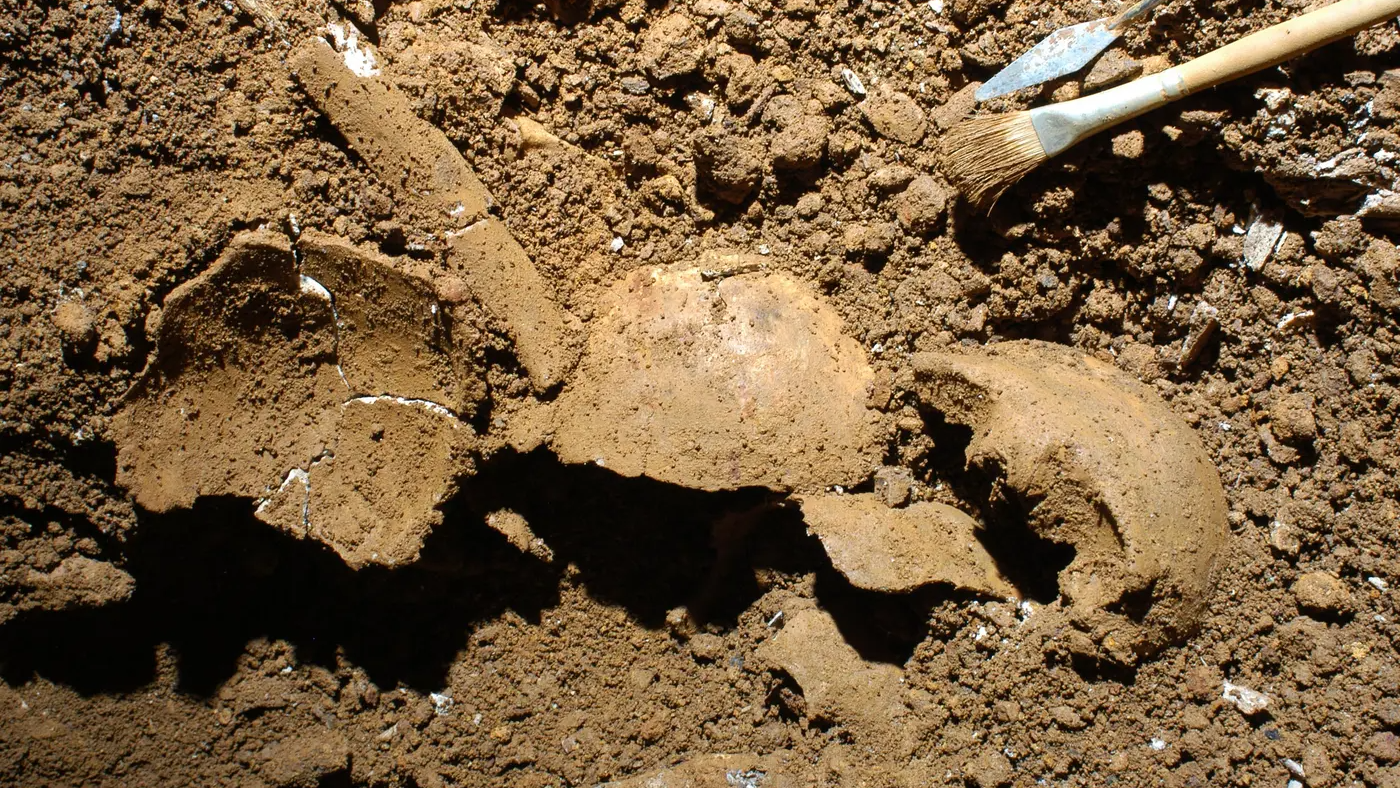River and ocean news, features and articles
Latest about Rivers & Oceans
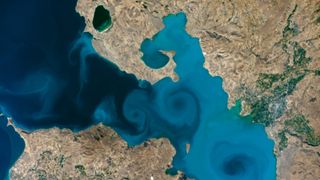
Rare milky plumes paint stunning swirls in world's largest 'soda lake'
By Harry Baker published
Earth from space A 2016 astronaut photo shows surprising plumes of milky material swirling in the waters of Turkey's Lake Van, the largest alkaline lake on Earth.
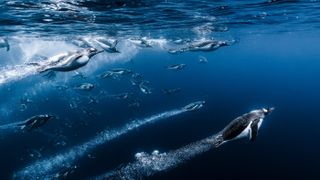
Rocket-like jellyfish, regal Komodo dragon and harrowing whale rescue — see the stunning Ocean Photographer of the Year 2025 finalists
By Perri Thaler published
Finalists in the Ocean Photographer of the Year 2025 competition capture beautiful images of animals and people oceans.
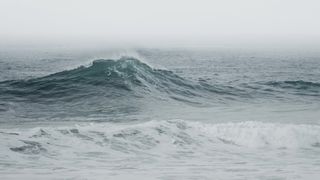
'Rogue waves' can be 65 feet tall, but they aren't 'freak occurrences,' data from North Sea reveals
By Francesco Fedele published
Opinion Researchers have used lab models to study how rogue waves form, but these don't always transfer over to the natural world.
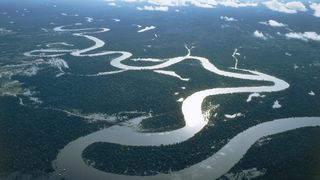
Even a slight slowdown of key Atlantic currents poses a 'stunning risk' to rainforests
By Ben Turner published
A slowing Atlantic current could have a devastating impact on the planet's rainforests, a new study warns.
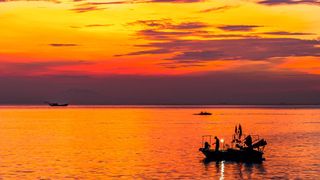
96% of oceans worldwide experienced extreme heatwaves in 2023, new study finds
By Perri Thaler published
The extreme marine heatwaves of 2023 may signal a tipping point for Earth's climate, a new study suggests.
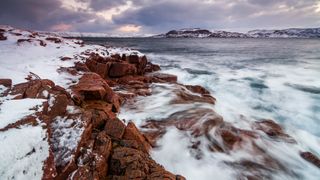
Collapse of key Atlantic currents may be held off by newly-discovered back-up system, study finds
By Sascha Pare published
Rising temperatures in the North Atlantic are slowing vital currents, but a new process in the Arctic could save the day, scientists say.

Perfect trio of prehistoric atolls shine like tropical gems off Australian coast
By Harry Baker published
Earth from space This 2011 astronaut photo shows the atolls of Rowley Shoals lined up in a near-perfect line off the coast of Australia. The island trio was once part of an ancient barrier reef system that stretched over 1,200 miles.
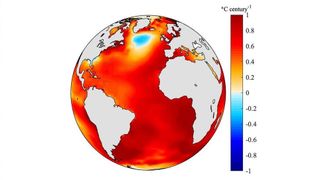
Mystery behind cold blob in the Atlantic Ocean finally solved
By Perri Thaler published
Scientists have determined that slowing ocean currents are responsible for a cold spot south of Greenland.
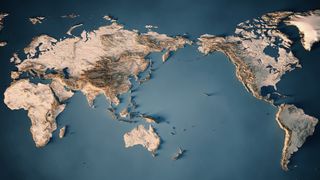
Why is the Pacific Ocean so big?
By Charles Q. Choi published
Look at any world map and you'll see that the Pacific is the largest ocean. But how did it get so big?
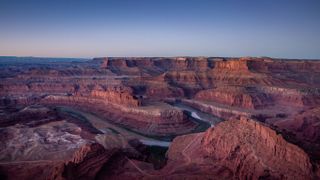
Groundwater in the Colorado River basin won't run out — but eventually we won’t be able to get at it, scientists warn
By Chris Simms published
The Colorado River basin has lost a Lake Mead’s worth of water in the last 20 years — and scientists say we’re passing a "critical point" where pumping groundwater will become too expensive.
Get the world’s most fascinating discoveries delivered straight to your inbox.


